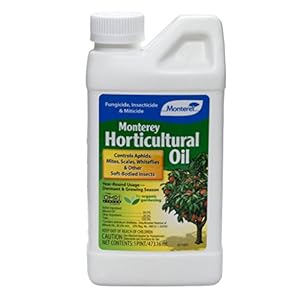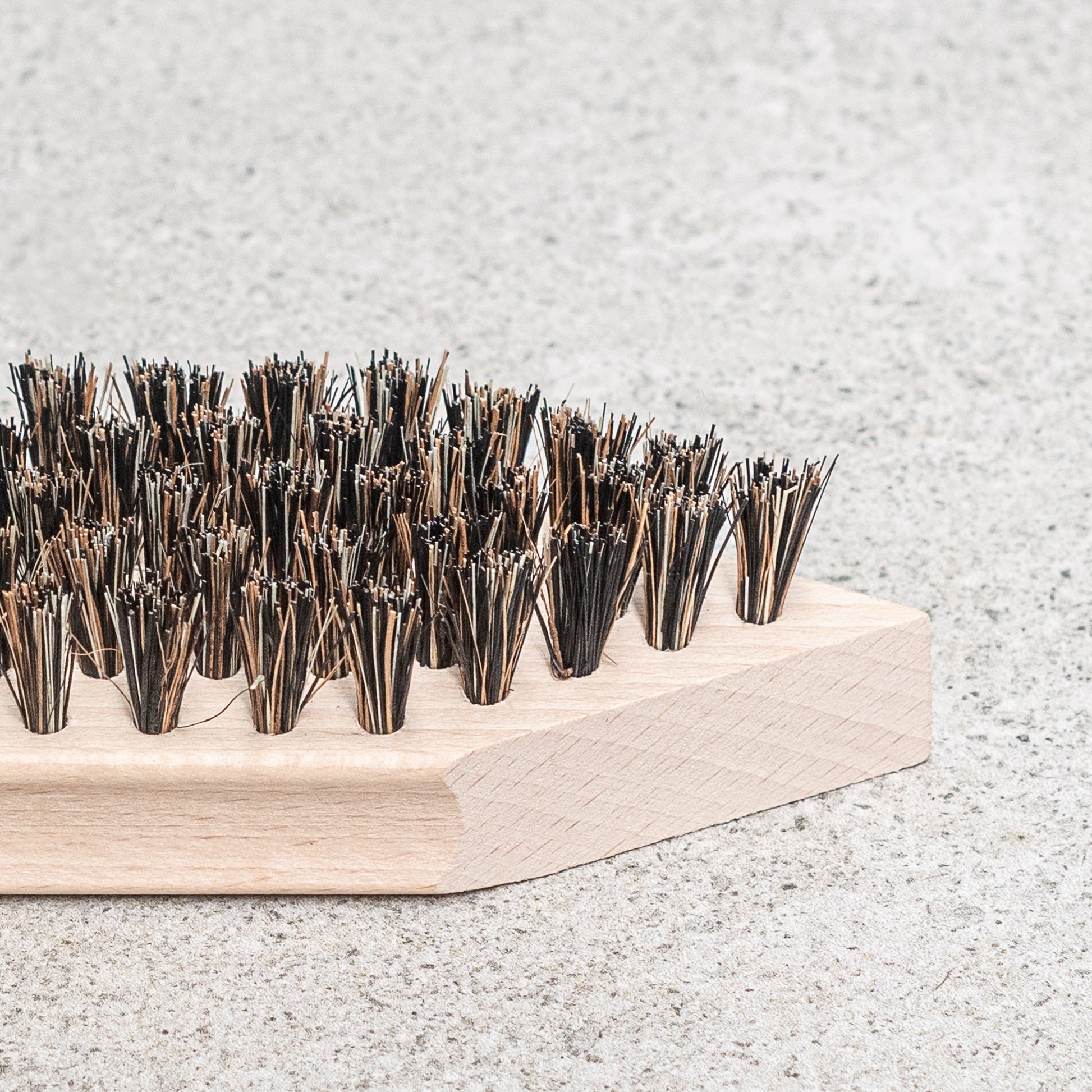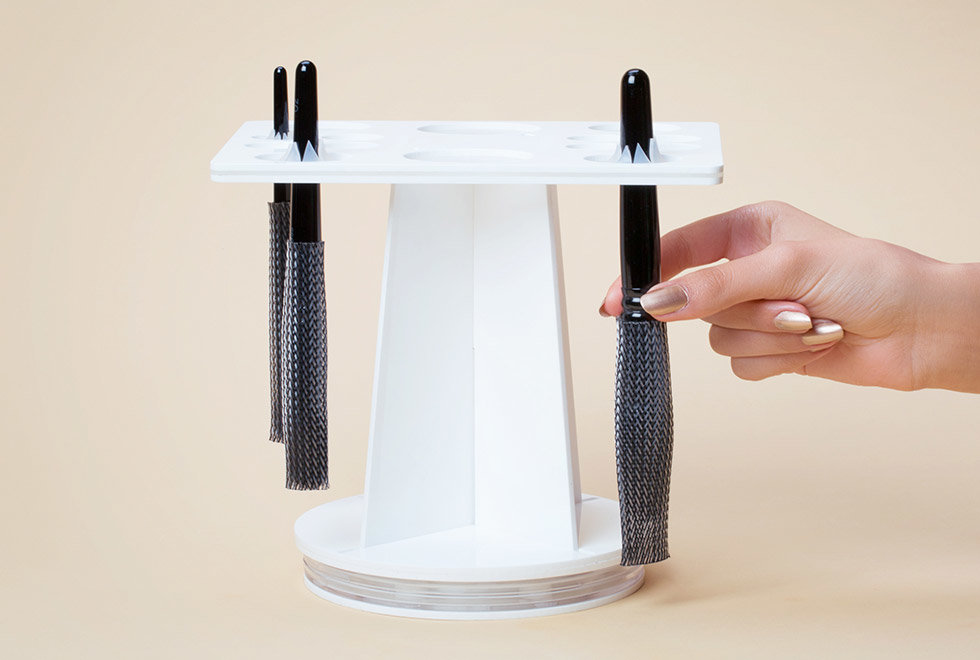Organic farming hinges on a delicate balance: nurturing healthy soil, protecting beneficial insects, and producing high-quality crops without resorting to synthetic pesticides or fertilizers. This delicate ecosystem requires precision, and that’s where reliable, efficient equipment comes into play. Stihl sprayers, with their robust design and powerful performance, are increasingly becoming a valuable tool for organic farmers striving for sustainable practices. Let’s explore how these sprayers contribute to achieving organic farming goals and what makes them stand out.
The Importance of Precision in Organic Farming
Unlike conventional farming, organic methods require a nuanced approach to pest and disease management. Broad-spectrum chemical sprays are out of the question. Instead, organic farmers rely on targeted applications of organic pesticides, biopesticides, and nutrient solutions. This requires equipment that allows for precise application, minimizing waste and preventing drift onto non-target areas. Stihl sprayers, with their adjustable nozzles and precise pressure control, excel in this area, helping farmers deliver the exact amount of solution where it’s needed.
Stihl Sprayers: Power and Precision for Organic Applications

Stihl offers a range of battery-powered and combustion engine sprayers designed for various needs and scales of operation. The key benefit across the board is their focus on efficient, controlled application. The power of the engine, especially crucial when dealing with thicker solutions or larger areas, is directly related to the torque it can produce.
Understanding the Importance of Torque
In the world of sprayers, torque is the twisting force the engine delivers. It’s what allows the sprayer pump to overcome resistance, delivering the solution consistently even when tackling thicker liquids or spraying under pressure over extended periods. Low torque can lead to inconsistent spray patterns, reduced pressure, and ultimately, inefficient application. High torque, as provided by many Stihl models, ensures a steady, powerful spray, regardless of the solution’s viscosity or the terrain.
Engine Options and Their Capabilities
Stihl offers several engine types within their sprayer lineup. Some models boast powerful two-stroke engines renowned for their lightweight design and high power-to-weight ratio. These are ideal for maneuvering through tight rows or working on sloping terrain. Other models utilize battery-powered systems, providing a cleaner and quieter alternative suitable for environmentally sensitive areas or work near residential zones. Battery life is also a critical consideration and varies between models. It’s essential to choose a model with adequate battery capacity to match your operation’s demands.
Torque and Towing Specifications: A Detailed Look
Specific torque and towing specifications vary significantly depending on the Stihl sprayer model. Consulting the individual model specifications is crucial for choosing the right tool for your specific needs. However, generally, Stihl’s focus is on delivering high torque for efficient pumping, rather than focusing on heavy-duty towing capabilities. Their sprayers are designed for maneuverability and precise application, rather than pulling large tanks or attachments.
Comparing Stihl Sprayers to the Competition

While several manufacturers offer sprayers for agricultural use, Stihl distinguishes itself through a few key features. Their emphasis on lightweight yet powerful engines often gives them an edge in maneuverability compared to heavier, bulkier competitors. Furthermore, Stihl’s reputation for durability and long-term reliability translates into lower maintenance costs and a longer lifespan, making it a cost-effective investment in the long run. Their commitment to ergonomic design minimizes user fatigue during prolonged use—a significant factor for organic farmers who often spend long hours in the field.
Practical Advice for Users

To maximize the benefits of your Stihl sprayer in organic farming:
- Regular Maintenance: Following the manufacturer’s recommended maintenance schedule is paramount. Regular cleaning of the sprayer, inspecting for leaks, and replacing worn parts ensures optimal performance and extends the equipment’s lifespan.
- Proper Nozzle Selection: Choosing the correct nozzle is crucial for achieving the desired spray pattern and droplet size. Experiment with different nozzles to find the best fit for the task at hand. Incorrect nozzles can lead to wasted solution and inefficient coverage.
- Calibration: Calibrating your sprayer regularly ensures accurate application rates, preventing overuse or underuse of precious organic solutions.
- Safe Handling: Always follow safety procedures while handling pesticides and operating the sprayer. Wear appropriate personal protective equipment (PPE), including gloves, eye protection, and a respirator.
- Environmental Awareness: Be mindful of potential drift onto neighboring areas or waterways. Avoid spraying during windy conditions and choose the right time of day to minimize environmental impact.
Conclusion: Stihl Sprayers – A Partner in Sustainable Farming

Stihl sprayers offer organic farmers a powerful and precise tool for managing pests and diseases while minimizing environmental impact. Their emphasis on robust engines with high torque, coupled with ergonomic designs and precise application controls, makes them a valuable asset for those committed to sustainable agricultural practices. By understanding the importance of torque, choosing the appropriate model, and adhering to proper maintenance and safety procedures, organic farmers can harness the full potential of Stihl sprayers to achieve their goals of healthy crops and a thriving ecosystem.



